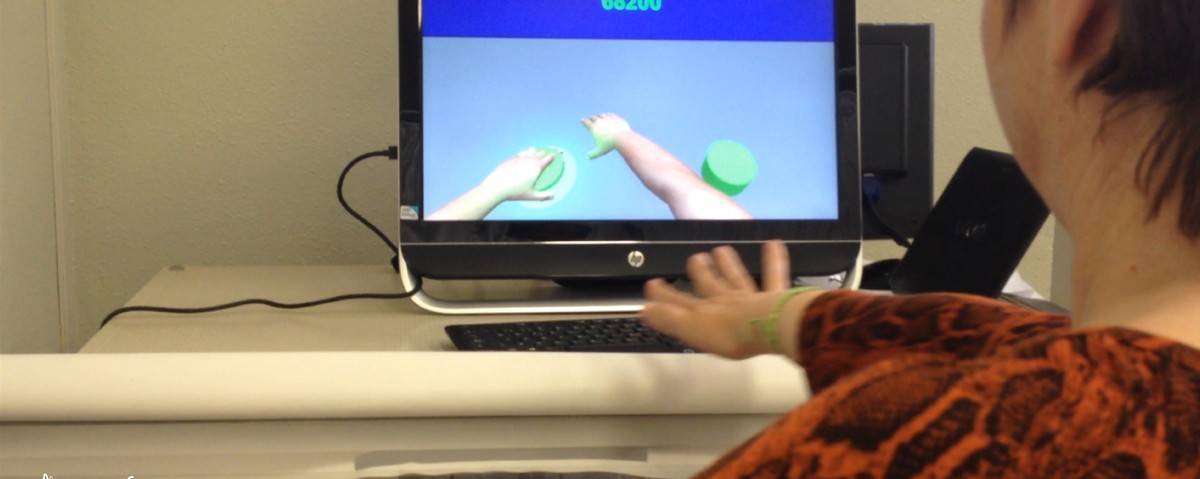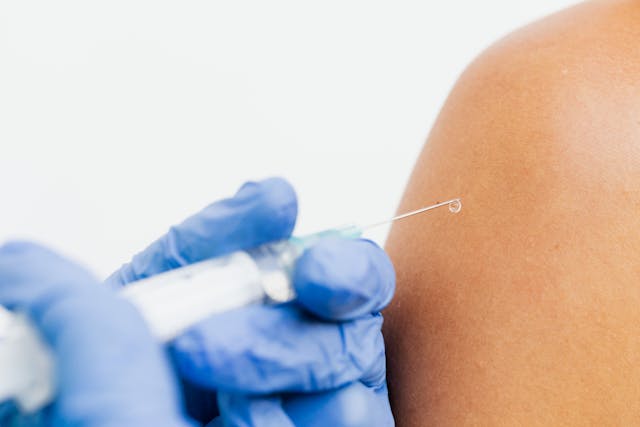
Scientists can rehabilitate impaired limbs by using Virtual Reality and traditional physical therapies
Virtual Reality, which has taken the entire techno-market by the storm can also empower the healthcare industry. Recently, a team of scientists has developed a novel regime which can make a hemiparesis patient work again. Surprisingly, the regime includes the use of both VR or Virtual Reality Technology and traditional physical therapies for healing the paralyzed state of a patient. A team of scientists led Prof. Roy Mukamel of TAU’s School of Psychological Sciences and Sagol School of Neuroscience used a VR system which can monitor the brain activity of a patient and can help in healing.
Researchers by inventing this new approach to healing paralyzed patients, now believe that the system can raise hope among the patients who have suffered serious injuries in the spinal cord, strokes and other paralyzed conditions where they need to recover potency, mobility, and autonomy. The scientists from Tel Aviv University (TAU) in Israel said that this discovery may be applied to patients going through the physical rehabilitation programs because of losing their strength or control of one hand.
According to the lead investigator Roy Mukamel of TAU, “People suffering from hemiparesis – a state of weakness or paralysis under which one of two paired limbs remain inactive because of the malfunction in body – and going through physical therapy, can use this VR system for rapid cure. As physical therapy is extremely challenging, exhausting, and usually results in less, the application of this newly developed VR system can enrich the potentiality of heal from paralyzed state.”
Prof. Roy Mukamel also stated that, scientifically, carrying out such an unusual experiment was a big challenge. But by combing the brain activity of the patients with the passive and mechanical mobility of the hand, we found that the impaired hand also can be trained.
The researcher also said that, by combining the traditional physical therapy and the technology of Virtual Reality, physicians can perk up the motor skills and functionality of a blighted limb by having its associate, more movable hand lead by instance through the training of Virtual Reality training.
The research report published in the academic of ‘Cell Reports’ suggests that the VR intervention training with a healthy limb can deliver a more promising approach to revamping immobility and motor skills of an impaired limb.


